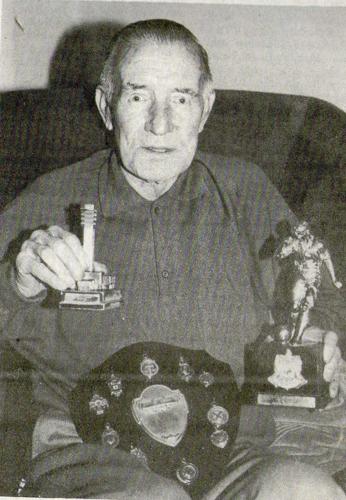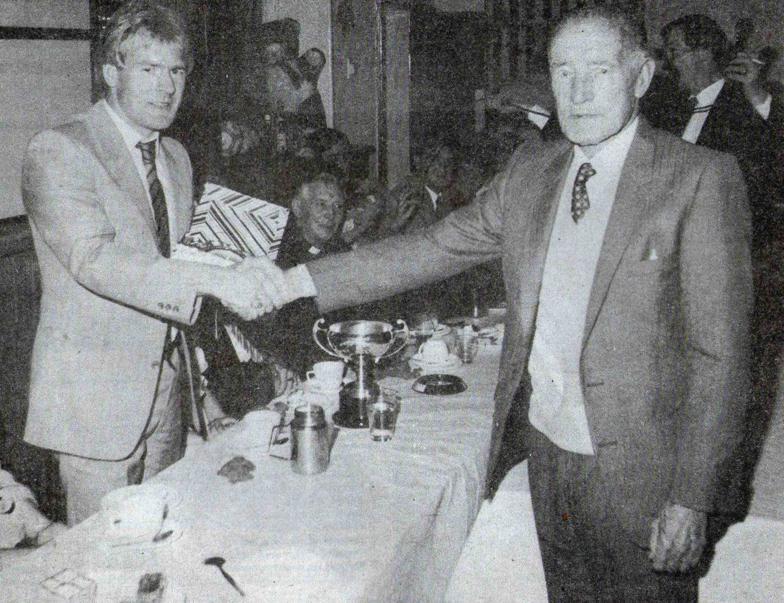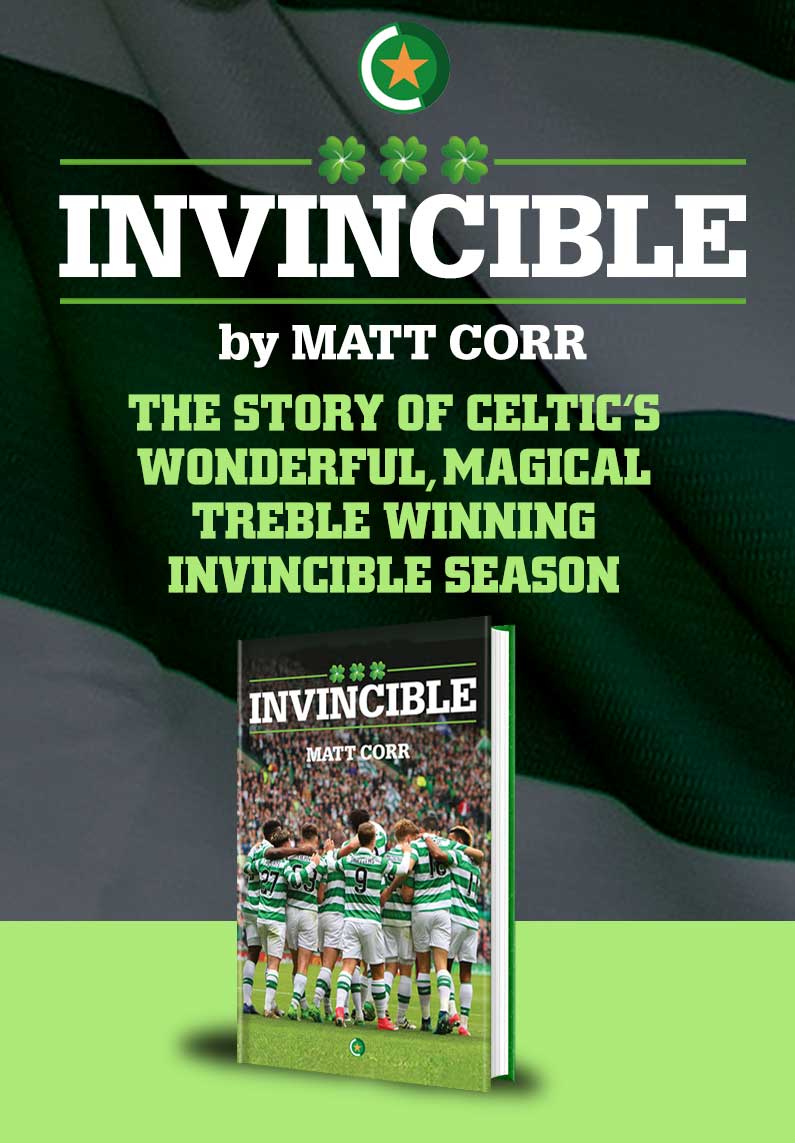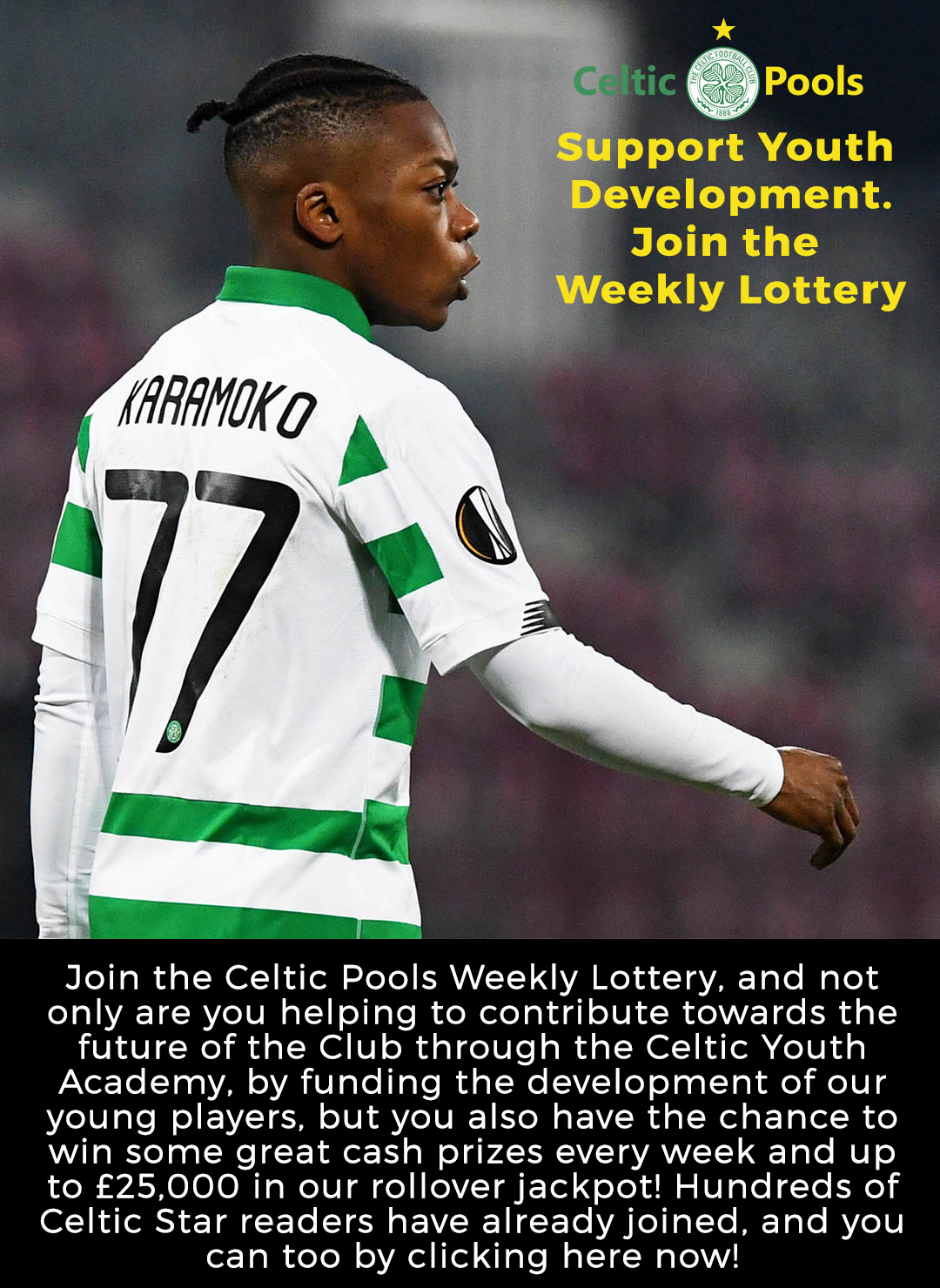In Ancient Athens it was said of a woman that “her greatest virtue is never to be spoken about either for good or ill”. Such prejudiced, even misogynistic statements are rightly protested about by feminists, but the same sort of thing can be said about Celtic’s left backs.

Willie Orr, Jamie Weir, Joe Dodds, Hugh Hilley, Alec Rollo and to a lesser extent William “Peter” McGonagal fall into this category of filling the role adequately, doing what they had to do and seldom hitting the highlights. It is true that most fans leave the ground enthusing about Henrik Larsson’s goals, Jimmy Johnstone’s trickery and Joe Kennaway’s great saves, and seldom drool about that wonderful “clean as a whistle” tackle by the left back, or his last ditch clearing of the lines.
There are exceptions to this rule of course – Tommy Gemmell springs to mind – but generally speaking, the left back can be assured that if his name is not on everyone’s lips or in the newspapers and the websites (more recently), he has had a good game.
Such a man was Jock Morrison, not a name that automatically comes to everyone’s lips as a great Celtic hero, yet he is up there with the best. He came from Croy and was recommended to Celtic by Jimmy Quinn (well, these are two things in his favour before we start!.)
Born in 1909, Jock joined Glasgow Celtic from Croy Celtic in 1929. He did not immediately become a first teamer for several years because he could not replace the McGonagal legend. But he was happy to bide his time, learning from McGonagal and paying attention to wise heads like McGrory and McStay, probably just glad to be enjoying the fresh air of Parkhead rather than the claustrophobic mines of Croy.
Round about 1935 several things changed. One was that McMenemy and Dodds came back to Celtic Park, effectively to run the team now that Maley was showing less interest in modern developments and modern players, and another was that Jock Morrison took over at left back.

He was immediately seen as competent but not flamboyant. No fancy footwork, no showing off, simply get the ball as far away from the goal as he could. It was said that he got lost once he crossed the halfway line, but he seldom made mistakes on his own side.
The record speaks for itself – the Scottish League in 1936, the Scottish Cup in 1937 and the Scottish League again in 1938. But the icing on the cake was the Empire Exhibition Trophy when Kennaway, Hogg and Morrison; Geatons, Lyon and Paterson; Delaney, MacDonald, Crum, Divers and Murphy took on Great Britain and won. For the modest and unassuming Jock Morrison – by no means as extroverted as Delaney, MacDonald or Crum, but just as vital, for he had defended heroically against the much vaunted Everton forwards in that tense final, it was a great way of repaying the faith put in him by Jimmy Quinn.
Croy had once again produced the goods for Celtic!
No-one knows what caused Celtic to implode in 1938/39; everyone on the other hand knows that Hitler, Poland and war effectively put an end to the great Celtic side of the immediate pre-war years. Maley resigned (or retired or was sacked) in January 1940, and Morrison was not long after him. He was now well into his 30s, and retired to work as a miner in the pits of Croy until he retired. He died in 1992, his death being hardly mentioned or noticed. Yet no-one should underestimate the value of Jock Morrison.
David Potter





